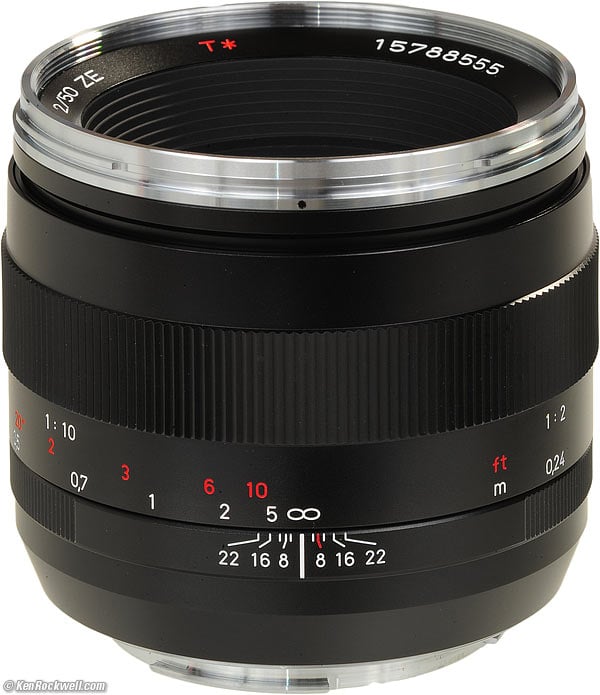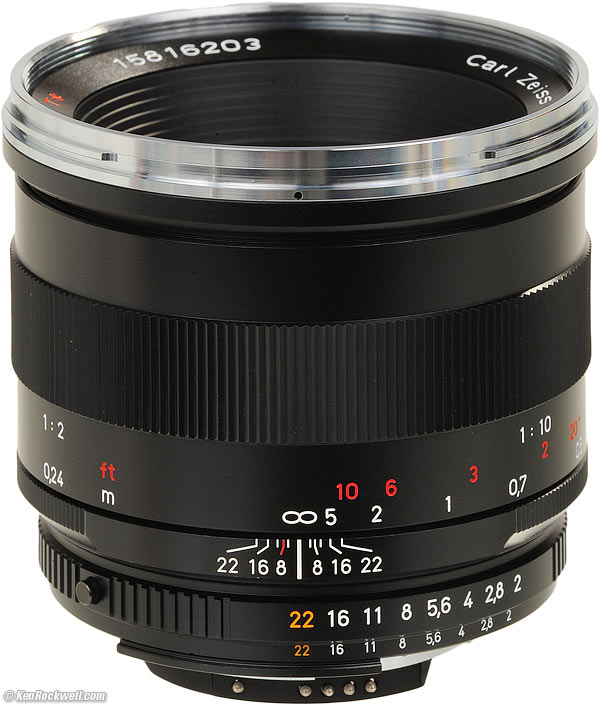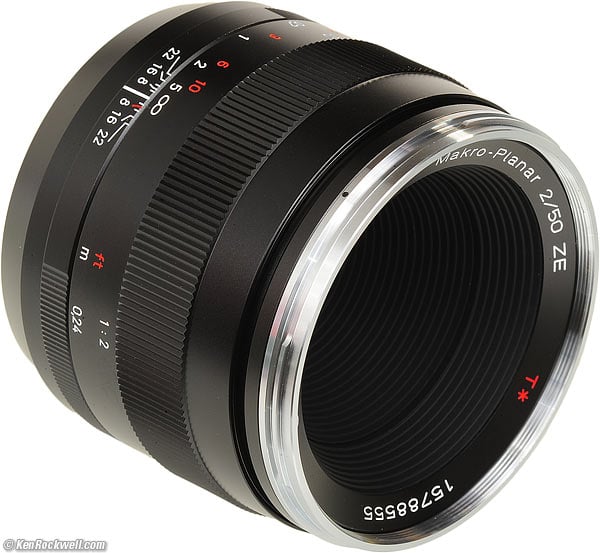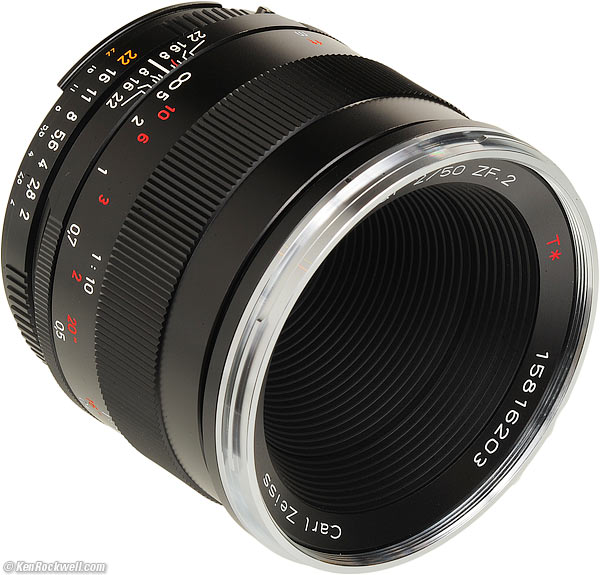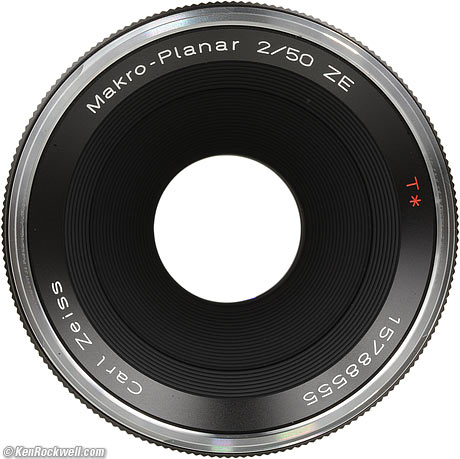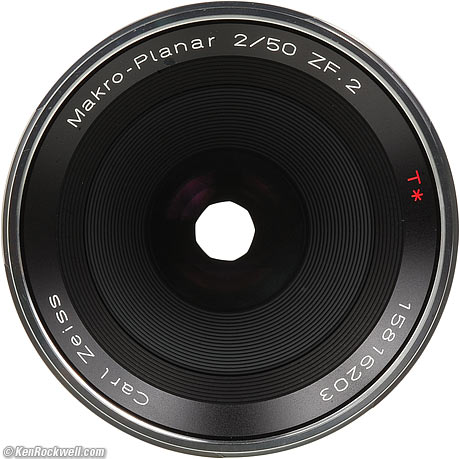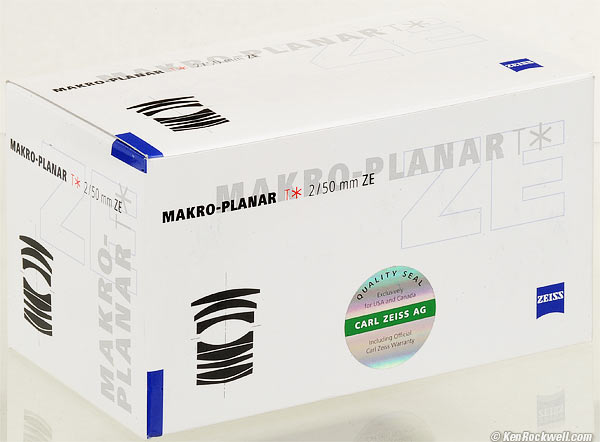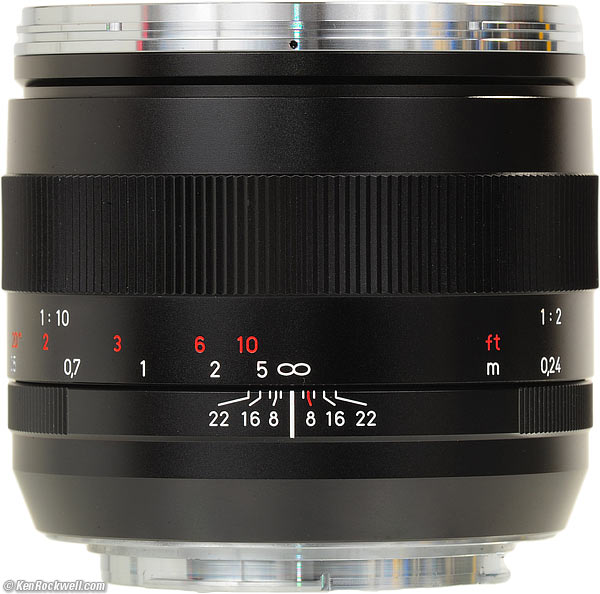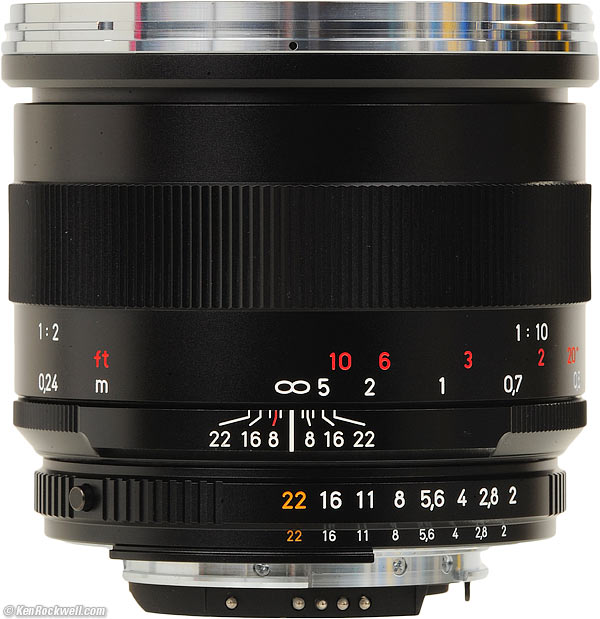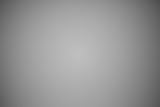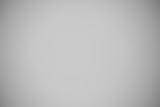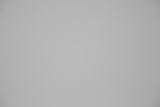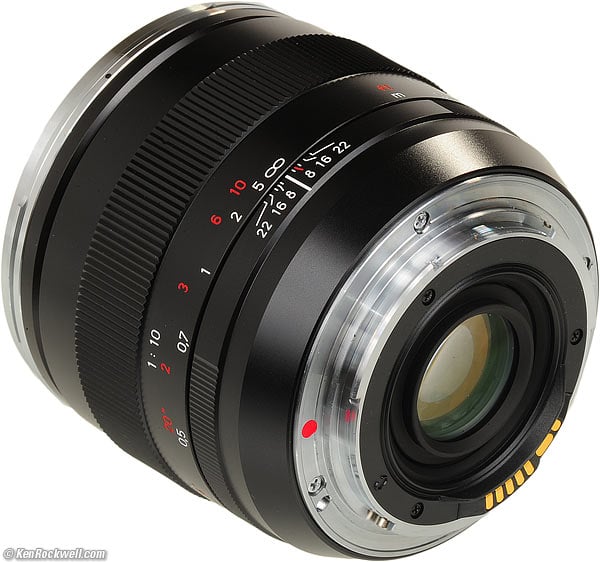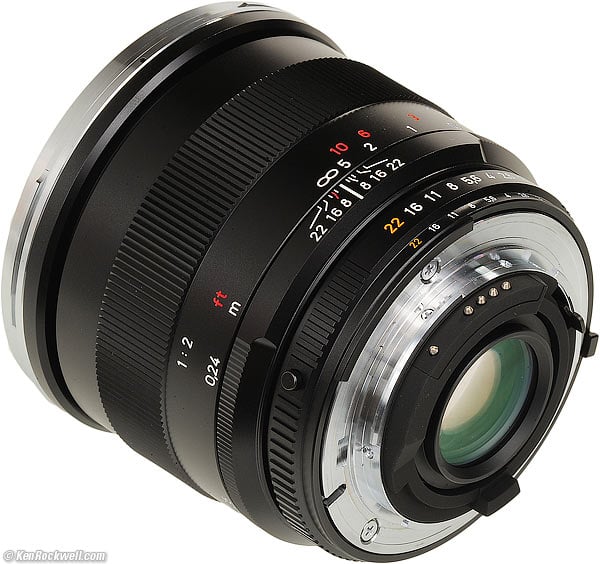Home Donate New Search Gallery Reviews How-To Books Links Workshops About Contact
Zeiss 50mm f/2
Makro-Planar ZF, ZE, and ZK (2006-)
© 2011 KenRockwell.com. All rights reserved.
Intro Specs Performance Compared Recommendations
Zeiss Makro-Planar 50mm f/2, ZE Canon version (67mm filters, 20.1 oz. /570g, about $1,285). enlarge. It's available at Adorama and at Amazon. This free website's biggest source of support is when you use any of those or these links when you get anything, regardless of the country in which you live. Thanks! Ken.
Zeiss Makro-Planar 50mm f/2, ZF.2 Nikon version (67mm filters, 17.7 oz./501g, about $1,285). enlarge. It's available at Adorama and at Amazon. This free website's biggest source of support is when you use any of those or these links when you get anything, regardless of the country in which you live. Thanks! Ken.
Also available in the too-tough-to-die Pentax K mount.
August 2011 Zeiss Reviews Nikon Canon Pentax All Reviews
See also
Zeiss Manual-Focus Lenses for Canon
Nikon 55mm f/2.8 AI-s with Canon Adapter.
| Optics: | |
| Mechanics: | |
| Ergonomics: | |
| Usefulness: | |
| Availability: | |
| Overall: |
Ideal Uses: Rich guys who insist on the very best mechanics in a new SLR lens, regardless of cost.
Not for: Poor for serious macro use. For full-time macro use, 100mm and 200mm lenses are much more practical. Autofocus will never work with this lens; it's manual-focus only. The optics of the Canon 50mm f/2.5 Macro and Nikon 55mm f/2.8 AF are at least as good at a fraction of the price.
Introduction top
Intro Specs Performance Compared Recommendations
This Zeiss 50mm f/2 Makro-Planar is much better made mechanically than most SLR lenses today. Optically, this Zeiss lens is no better than Nikon and Canon's new and used 50mm, 55mm and 60mm macro lenses, which sell for only a fraction of the price. All of these macro lenses are excellent, so don't expect the Zeiss optics to be any better than the plastic autofocus lenses from Nikon and Canon; they aren't.
The real benefit of this Zeiss 50mm is if you need close-focusing and fast f/2 speed, which neither Nikon nor Canon can match. If you just need a super-sharp 50mm, 55mm or 60mm lens for general and casual macro use, Nikon and Canon's lenses offer the same optical quality, and often autofocus, for a lot less money.
This Zeiss lens is manual-focus only. It will not autofocus on any camera.
History top
This lens first came out in 2006 as a ZF lens for Nikon AI-s.
In January 2010, the version you see here, a ZE for Canon and ZF2 for Nikon AI-P (CPU), came out.
It's also available in the too-tough-to-die Pentax K mount.
Compatibility top
Für Canon
Zeiss ZE 50mm f/2 Makro-Planar for Canon. enlarge.
On Canon, focus confirmation lights work, as does auto exposure and EXIF data.
The only gotcha in practice is that the sample I tried mislead the focus indicators to lead me to focus too closely, which makes these electronic indicators, and indeed this lens as I used it, mostly useless at large apertures.
Für Nikon
Zeiss ZF.2 50mm f/2 Makro-Planar for Nikon. enlarge.
This CPU and AI-s lens works perfectly with every Nikon from the Nikon F of 1959 through today's latest DSLRs, from the D3X down to Nikon's cheapest D3100, so long as you don't mind focusing manually.
This Zeiss lens is perfectly compatible with older non-AI Nikons made from 1959-1976, since it also has a coupling prong, something Nikon removed from its AF lenses back in 1986 to save money.
Für Pentax
I have no idea. I haven't tried.
Short of shooting this on a Pentax ME, does Pentax make any full-frame cameras today anyway?
Specifications top
Intro Specs Performance Compared Recommendations
Name
Zeiss calls this the Carl Zeiss Makro-Planar T* 2/50.
The Nikon AI-s mount with CPU shown in this review is suffixed "ZF.2."
The older Nikon AI-s mount without CPU, but with aperture coupling prong, was suffixed "ZF."
The Canon EOS EF mount shown in this review is suffixed "ZE."
The Pentax K mount is suffixed "ZK."
Optics top

Schematic, Zeiss 50mm f/2 Makro-Planar.
8 elements in 6 groups.
Floating elements
Zeiss uses its trademark "T*" for multicoating.
Diaphragm top
Canon version front, Zeiss 50/2 Macro at f/2. enlarge.
Nikon version front, Zeiss 50/2 Macro at f/5.6. enlarge.
9 blades.
Stops down to f/22.
Focal Length top
Actual focal length: 51.6mm.
When used on a Nikon DX camera, sees about the same angle-of-view on DX as a 78mm lens sees on a 35mm camera.
When used on a Canon 1.6x camera, sees about the same angle-of-view on DX as a 82mm lens sees on a 35mm camera.
When used on a Canon 1.3x camera, sees about the same angle-of-view on DX as a 67mm lens sees on a 35mm camera.
Angle-of-View (on 24x36mm frame) top
45.5º diagonal.
38.5° horizontal.
Close Focus
9.5 inches (0.24m) from the image plane, which is almost right on top of the front element.
Maximum Reproduction Ratio
1:2 (half life-size).
Minimum subject area (24x36mm image size)
48 x 72mm.
Filter Thread top
67mm, metal, does not rotate.
Hood and Caps top
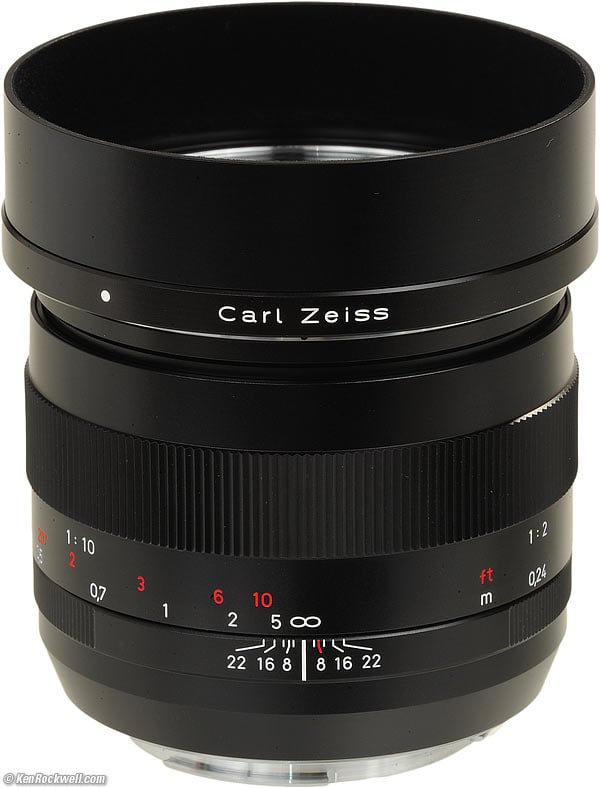
Zeiss 50/2 Macro with included metal hood.
The locking metal bayonet hood is included.
You don't need it; the lens already has a very deep front cone.
You can order the metal hood as a replacement, too.
Size, L x Diameter top
I don't particularly believe these varying specifications.
Nikon
3.5" (88.5mm) long.
Canon
3.6" x 3"
91mm x 75.4mm
Pentax
3.4" x 2.8," with caps.
88 x 72 mm, with caps.
Weight top
Nikon
17.690 oz. (501.4g), measured.
Zeiss specifies 18.7 oz. (530g).
Canon
20.088 oz. (569.5g), measured.
Zeiss specifies 20.1 oz. (570g).
Pentax
Zeiss specifies 18.7 oz. (530g).
Scope of Delivery
Includes lens, metal hood, caps, and impressive paperwork.
Box, Zeiss 50mm f/2 Makro-Planar ZE. bigger.
Price, USA, August 2011 top
$1,283: Nikon AI-s mount with CPU.
$1,283: Canon EOS EF mount.
$1,228: Pentax K mount.
Performance top
Intro Specs Performance Compared Recommendations
Overall Bokeh Data Distortion Ergonomics
Falloff Filters Focus Lateral Color Fringes
Overall performance top
This Zeiss performs very well, and so do Nikon and Canon's 50mm lenses. 50mm macro lenses are almost always excellent, so this Zeiss doesn't surpass the others except in speed for a macro lens.
Bokeh performance top
Bokeh is decent, but nothing extraordinary.
It's relatively organic with smooth edges to blur circles, but the edges of the blur circles can be slightly brighter than their centers.
Bokeh is the character of out of focus areas, not simply how far out of focus they are.
Data performance top
This Canon-version makes files whose EXIF correctly reads the shooting aperture, and reads "50mm" for lens.
On Canon, from 1980s film EOS to today's digitals, everything seems to work perfectly.
On Nikon, all is also well.
Distortion performance top
There is no visible distortion.
For very precise use, use a value of +0.6 in Photoshop's lens distortion filter at 3 meters.
This is virtually invisible, but still more than other macro lenses.
Ergonomics performance top
Canon version, Zeiss 50/2 ZE. enlarge.
Nikon version, Zeiss 50/2 ZF.2. enlarge.
Unlike today's plastic zooms, this is all-metal. If you're used to plopping your Nikon and Canon plastic beauties down on your glass table or desktop, back off — you need to be careful with these heavy metal Zeiss lenses.
Thank goodness each version focuses in the same direction as do Nikon's and Canon's lenses. See how each one goes the other way above?
It is very dense, so I fear that it will be easier to slip out of my hands when mounting and unmounting. The focus ridges all run parallel, with no waffle pattern to stop it slipping axially out of your hand. This 50mm lens is as slippery as snake guts: be careful!
The red footage engravings are too dark and not very visible in use. They stand out more in these photos than they do in reality.
The EOS mount has no red index dot on the outside, as do Canon lenses. You have to look for the red dot on the back of the mount, which is much less visible.
There is no "50" engraved on the side. You have to just know, or look at the front of the lens with no cap.
I prefer plastic lenses: these Zeiss are too big, heavy and slipper for me. For manual-focus lenses, I prefer the exquisite Nikon 55mm f/2.8 AI-s, still available brand new today.
A great feature of the Nikon version is its brilliant minimum aperture lock. Better than anything Nikon has ever done, the aperture ring locks automatically, and the unlock button is perfectly positioned to unlock anytime you deliberately change the aperture. Brilliant!
Falloff (darkened corners) performance top
Falloff is visible at f/2, and gone by f/4.
On Canon and Nikon, there is no profile available for automatic peripheral illumination correction.
I've greatly exaggerated the falloff of the Zeiss 50mm f/2 Makro-Planar below by shooting a gray field and presenting it on a gray field.
Zeiss 50mm f/2 Makro-Planar uncorrected falloff on 24x36mm at infinity.
© 2011 KenRockwell.com. All rights reserved.
|
Filters, Use with performance top
The filter ring never rotates.
The filter size in generous. There is no problem with vignetting on the full 24x36mm frame, even with a Tiffen HT Grad ND 0.6 in rotating mount (5.6mm ring thickness excluding threads).
Focus performance top
Focus is manual-only.
The focus ring is very heavily damped. It won't flick end-to-end with a finger as will Nikon and Canon's lenses, but you can focus precisely with just one finger tip.
Canon
Warning: one sample of lens focused correctly mechanically, however, it caused the electronic focus indicators of my Canon 5D Mark II to read incorrectly and lead me to focus well in front of my subject.
On Canon, hold the shutter halfway as you focus.
Look for the AF sensors to blink as you pass the point of perfect focus. Only the dot on the bottom of the finder will stay lit so long as you are in focus.
On older EOS cameras, look for the dot on the bottom of the finder as you hold the shutter. Their AF sensors may not light.
No big deal, see your manual, and with this lens, you never have to move a switch to manual focus.
Nikon
Use your split-image and microprisms as always.
On AF or digital cameras, look for the in-focus dot (or dots) in the finder.
Nikon's AF cameras are way behind Canon's for manual focus: Nikon's AF sensors never light in manual focus modes, so you have to look away from the images to the sides to look for Nikon's OK dots.
Lateral Color Fringes performance top
There are no lateral color fringes on a Canon 5D Mark II, Nikon D3 or Nikon D7000.
Mechanics and Construction Performance top
Canon version, Zeiss 50mm f/2 Makro-Planar ZE. enlarge.
Nikon version, Zeiss 50mm f/2 Makro-Planar ZF.2. enlarge.
This is a big, tough lens. Don't mess with it. It's easy to drop, and if you do, it's your toe that's going to be broken, not this lens.
Hood
Anodized aluminum, spring-loaded locking bayonet.
Filter Threads and Hood Bayonet Receiver
Chromed metal.
Barrel Exterior
Anodized aluminum.
Focus Ring
Anodized aluminum.
Focus Helicoids
Could be brass.
Depth-of-Field Scale
Yes, but tiny.
Internals
Metal.
Mount
Dull-chromed brass.
Markings
Engraved and filled with paint, as God Himself intended.
Identity
Engraved around front of lens.
Serial Number
Engraved on front ring.
Dust seal at mount
No.
Noises When Shaken
Just a very little clicking, in Canon mount.
You're more likely to accidentally throw it while shaking it than you are to hear anything significant rattling, at least in Canon EF mount that uses electronic control for the diaphragm.
Made in
Japan.
Tough. You want Made in Germany? That would cost $3,700 for exactly the same lens.
Weaknesses
Easy-to-drop slippery metal.
Your hands will stick to it in freezing weather.
Sharpness performance top
Of course it's sharp, but no sharper than the Canon 50mm f/2.5 Macro, Canon 50mm f/1.8 EF II or Nikon 55mm f/2.8 AI-s with Canon Adapter to which I compared it on a Canon 5D Mark II.
Likewise, it's sharp, but no sharper than the Nikon 55mm f/3.5 AI, Nikon 55mm f/2.8 AI-s, Nikon 55mm f/2.8 AF or Nikon 60mm f/2.8 AF-D to which I also compared it directly at the test range on a Nikon D3.
All these lenses are as good as it gets. Wide and zoom lenses vary wildly in sharpness, while these macro, makro and micro lenses all work at about the limits of physics.
In some cases, the Zeiss was a little softer in the corners at infinity (most of these lenses, especially the Zeiss, optimize themselves automatically for focused distance), but hey, the Zeiss also goes to f/2, so we'll call it even.
Sunstars performance top
The 9-bladed diaphragm should beget 18-pointed sunstars, however they may be weak as the diaphragm is somewhat rounded.
Compared top
Intro Specs Performance Compared Recommendations
This Zeiss is much bigger, heavier and more expensive than any of the other lenses to which I compared it.
This Zeiss is manual-focus only. Its focus is much stiffer than any of the other lenses.
This Zeiss only goes to half life-size at the image plane, while many of the autofocus lenses focus all the way down to life-size. Again, this isn't important because if you're shooting that close, none of these lenses is a good idea: use a 100mm or 200mm macro to let you get far enough away from your subject that you don't block your own light.
This Zeiss is far more solid than today's autofocus lenses, however the manual-focus Nikon 55mm f/3.5 AI and Nikon 55mm f/2.8 AI-s are made as well, have better focus feel and are much smaller.
Recommendations top
Intro Specs Performance Compared Recommendations
This Zeiss lens is for people who want the biggest, toughest short fast macro lens available.
If you just want optical excellence, the Nikon and Canon lenses are at least as good — and I shot them all head-to-head at the test range to know. If you like the mechanical quality, a Nikon 55mm f/2.8 AI-s has even better in-hand feel, and optics even a little better than this Zeiss, also for much less size, weight and money.
Short macro lenses are best used as normal lenses when you might also need extra-close focus now and then. This Zeiss is good for general use because of its extra speed over the other short macro lenses.
Lenses this short are a bad idea for serious macro use, except for flat art, stamps and slide copying. For flat art and stamps this small, a photo scanner is an much better idea.
Personally, I use a 200mm lens for all my macro work, for instance, I used the Nikon 200mm Micro-NIKKOR to create the product shots seen in this review. 50mm lenses are too short for serious macro work; I would block my light and get a weird perspective from being too close.
50mm macro lenses are for general use as a super-sharp lens that also gets very close if needed.
Help me help you top
I support my growing family through this website, as crazy as it might seem.
The biggest help is when you use any of these links when you get anything, regardless of the country in which you live. It costs you nothing, and is this site's, and thus my family's, biggest source of support. These places have the best prices and service, which is why I've used them since before this website existed. I recommend them all personally.
If you find this page as helpful as a book you might have had to buy or a workshop you may have had to take, feel free to help me continue helping everyone.
If you've gotten your gear through one of my links or helped otherwise, you're family. It's great people like you who allow me to keep adding to this site full-time. Thanks!
If you haven't helped yet, please do, and consider helping me with a gift of $5.00.
As this page is copyrighted and formally registered, it is unlawful to make copies, especially in the form of printouts for personal use. If you wish to make a printout for personal use, you are granted one-time permission only if you PayPal me $5.00 per printout or part thereof. Thank you!
Thanks for reading!
Mr. & Mrs. Ken Rockwell, Ryan and Katie.
Home Donate New Search Gallery Reviews How-To Books Links Workshops About Contact

